6. Loudspeakers
Towards the end of the setup, you'll find the speakers. Here's where you can really hear the disparities in quality, especially when it comes to sound. Essentially, speakers come in two flavors: active and passive. Passive ones need a separate power amplifier (or a power mixer) to run them, whereas active speakers pack their own built-in power amplifier. This means you won't need an extra amplifier if you go with active speakers.
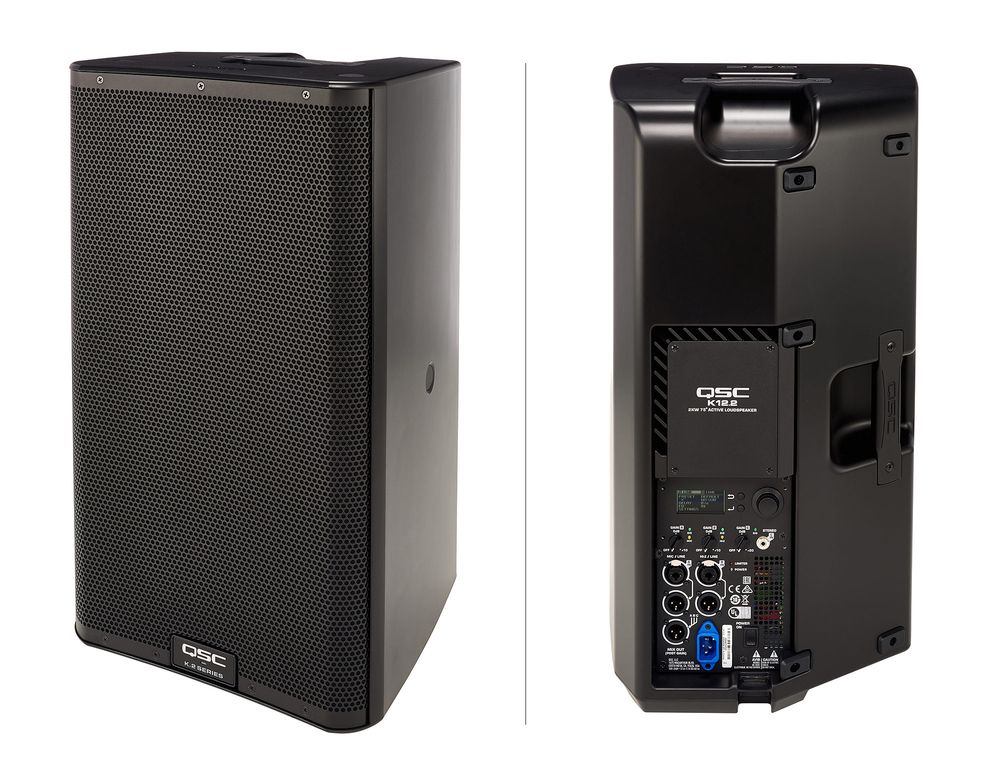
Active speakers now make up the majority of speakers available on the market. The built-in power amplifier doesn't add much weight, and you don't have to worry about matching the amplifier's power and speaker impedance. Active speakers often come with a DSP (Digital Signal Processor) built-in to optimize sound and offer various sound settings for different applications.
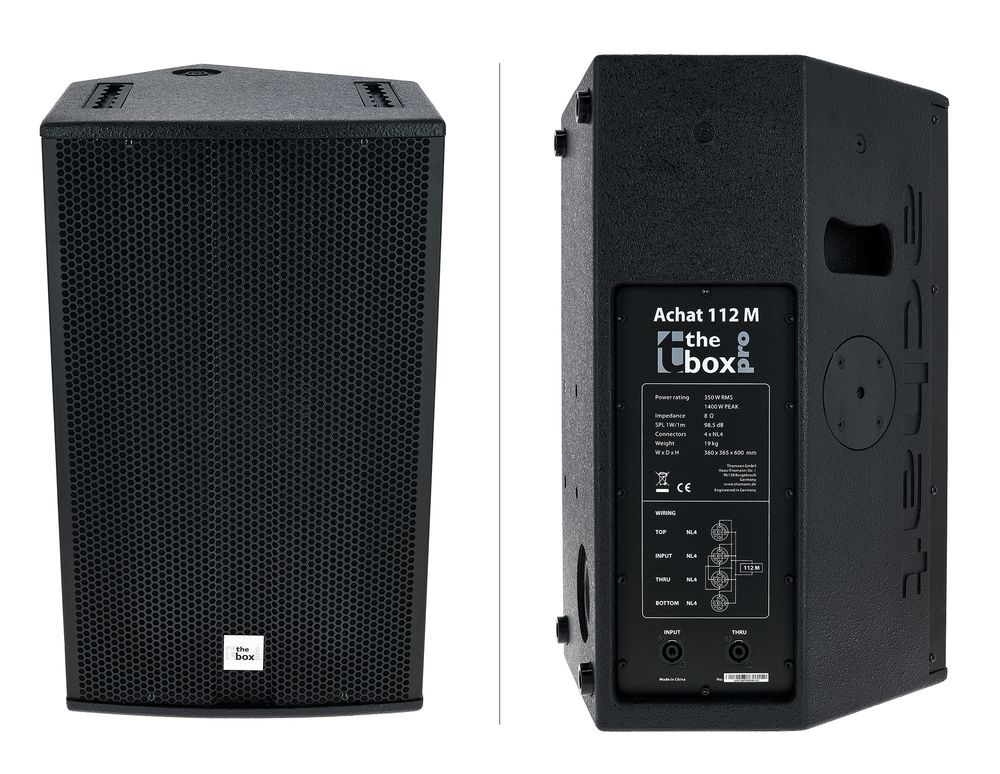
In permanent installations, passive speakers are often the way to go. The reason is simple: passive speakers don't need a separate power source. You only need to run one cable per speaker. Moreover, you can centralize all your gear (power amplifiers, crossovers or digital signal processors, mixers, and so on) in one location, reducing the chances of unintended adjustments.
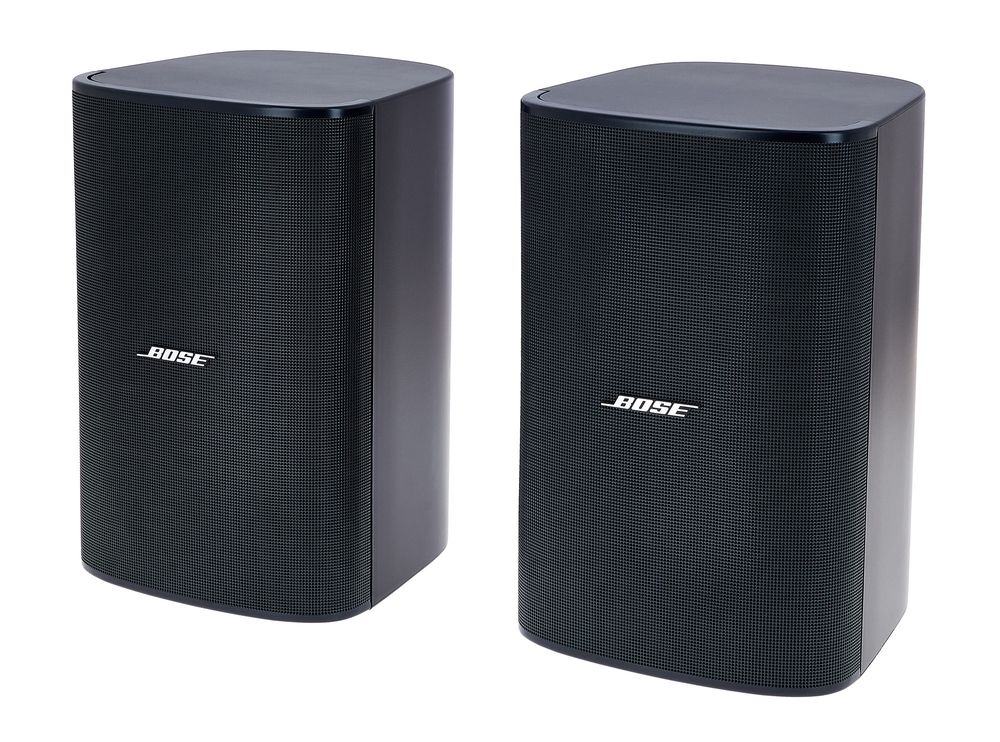
Besides active and passive, speakers can also be categorized by their design and purpose. Here are the most common types:
Full-Range Speakers:
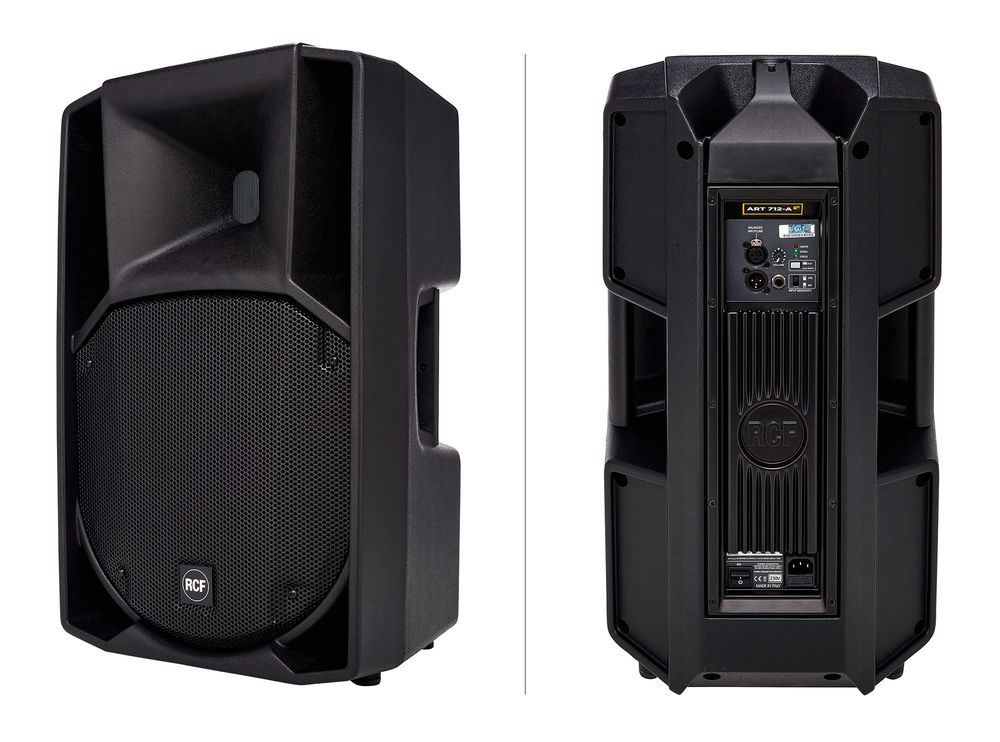
These typically consist of one or more woofers and a tweeter and are designed to cover the entire frequency spectrum. They are suitable for small events, acoustic performances, speech applications, or as a dedicated vocal system. However, they usually lack in the deep bass range, and this is where subwoofers come into play.
Subwoofers:
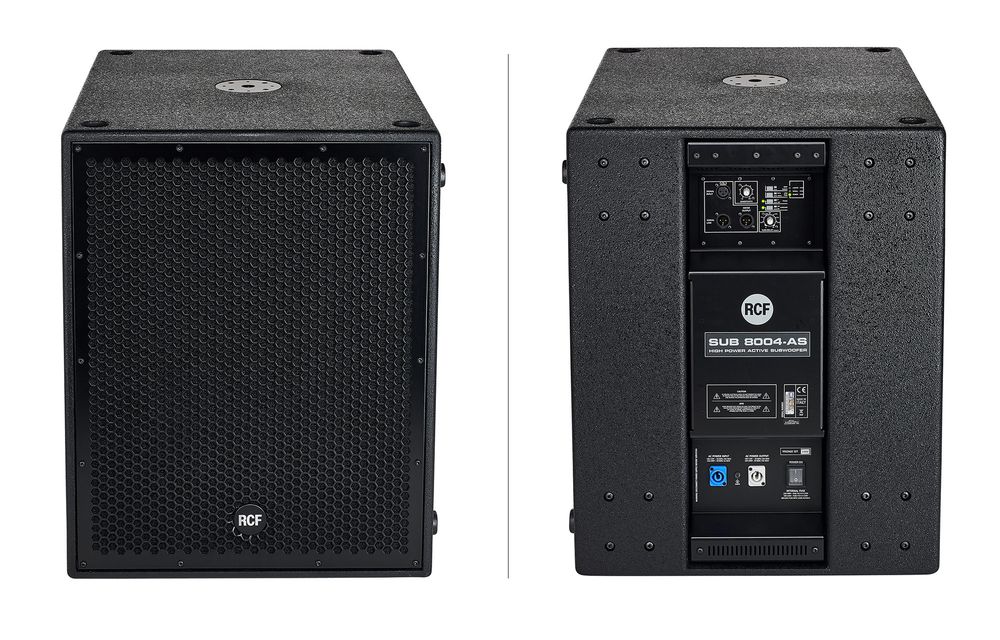
For those earth-shaking low-frequency effects, you need one or more subwoofers. They usually have a large diaphragm and are focused on the bass range. They're considered an addition to full-range speakers, which take care of the mid and high frequencies.
Monitors:
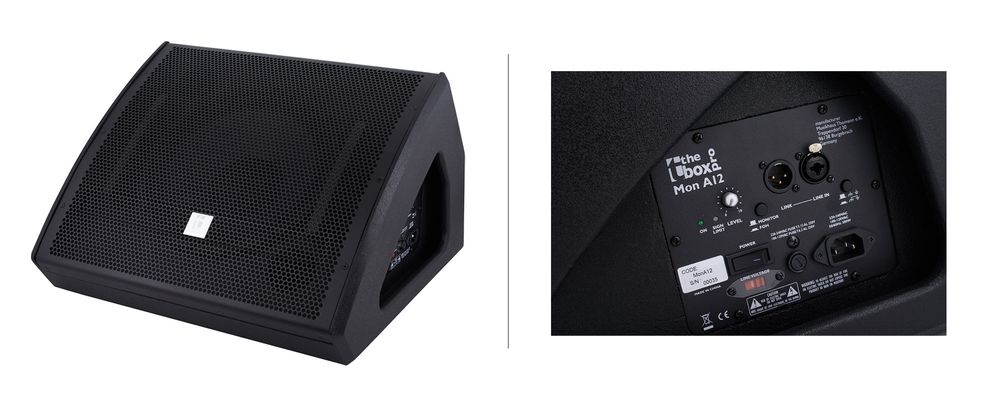
Monitors are essentially full-range speakers but designed for floor use (floor monitors or wedge). They serve as personal monitors for the artists on the stage, helping them hear themselves and other performers clearly.
Column Arrays:
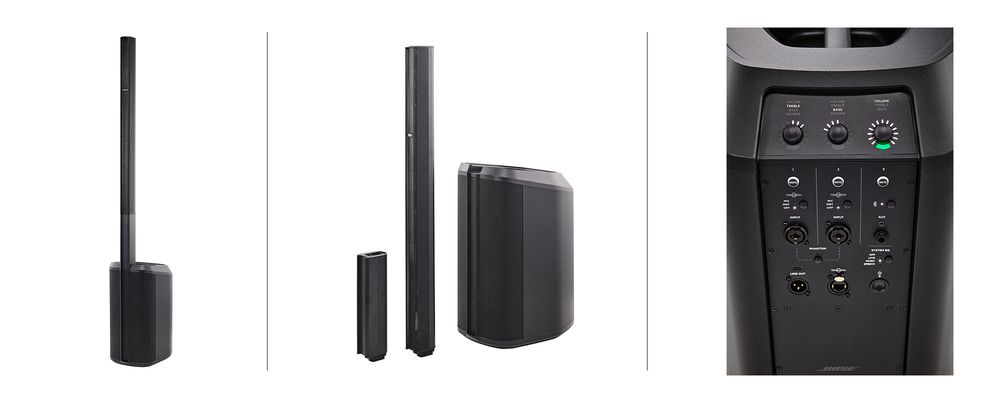
These are a relatively recent development and typically consist of a subwoofer and a column of multiple individual speakers stacked vertically. They are compact, lightweight, and offer a wide dispersion angle. However, they may not achieve as high maximum volume levels as traditional full-range speakers.
Line Arrays:
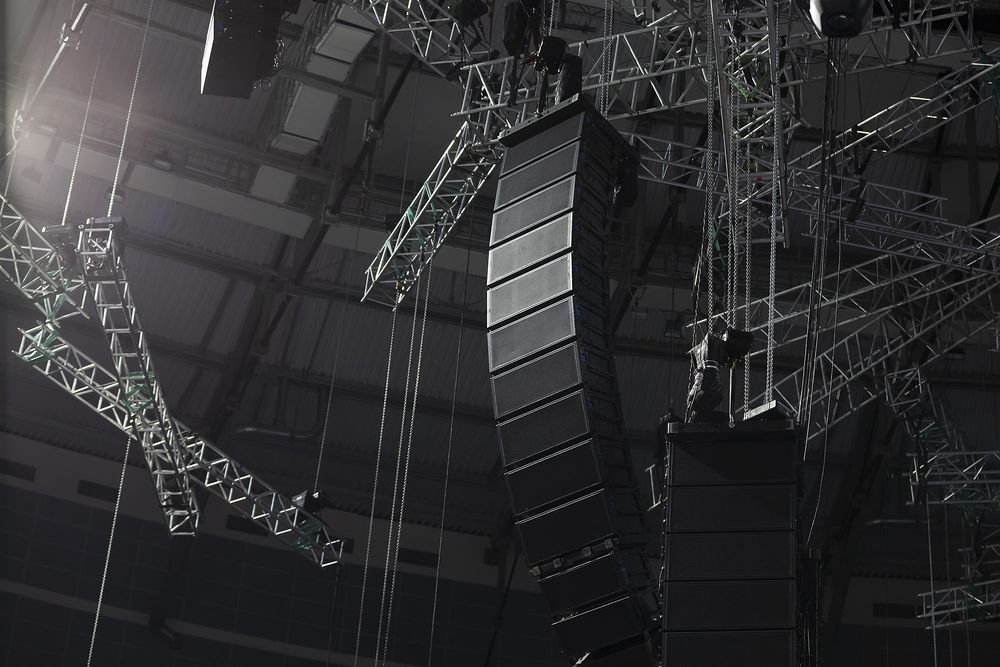
Considered the top-of-the-line class of PA speakers, line arrays are commonly used for larger events. Multiple individual speakers are arranged vertically to ensure optimal sound coverage in large areas. Understanding the theory and application of line arrays is quite complex, so we won't delve further into that here.
If you want to dive deeper into the technical aspects of speakers, we recommend reading our Online Guide on Loudspeakers.
Your Contacts
Product Highlights
-
Passive Speaker PA Sets
-
Band PA Sets
-
Active Speaker PA Sets
-
DJ PA Sets
-
Column PA Systems
Recommended categories
Do you like what you're seeing?






